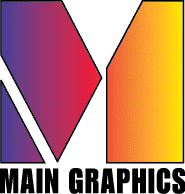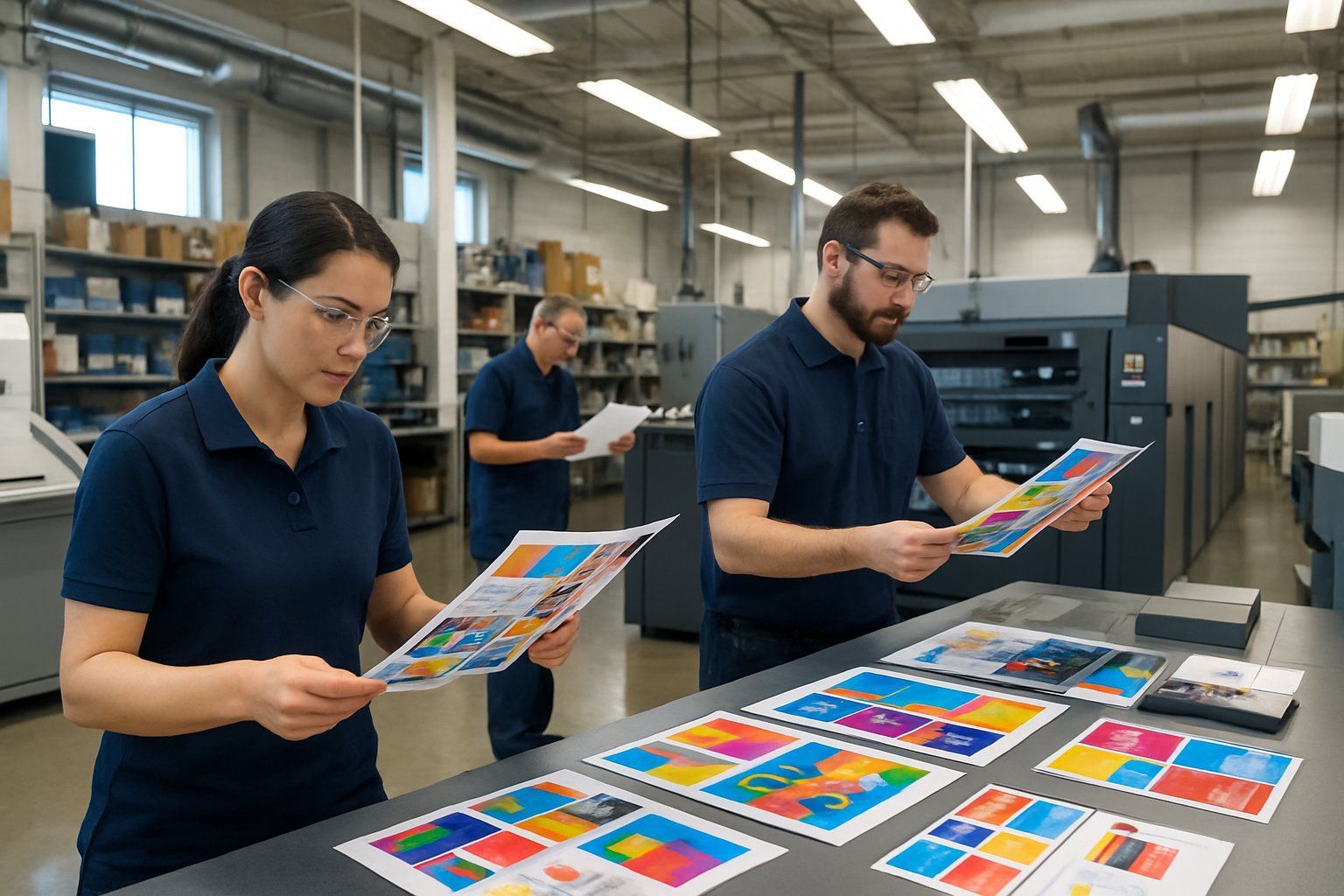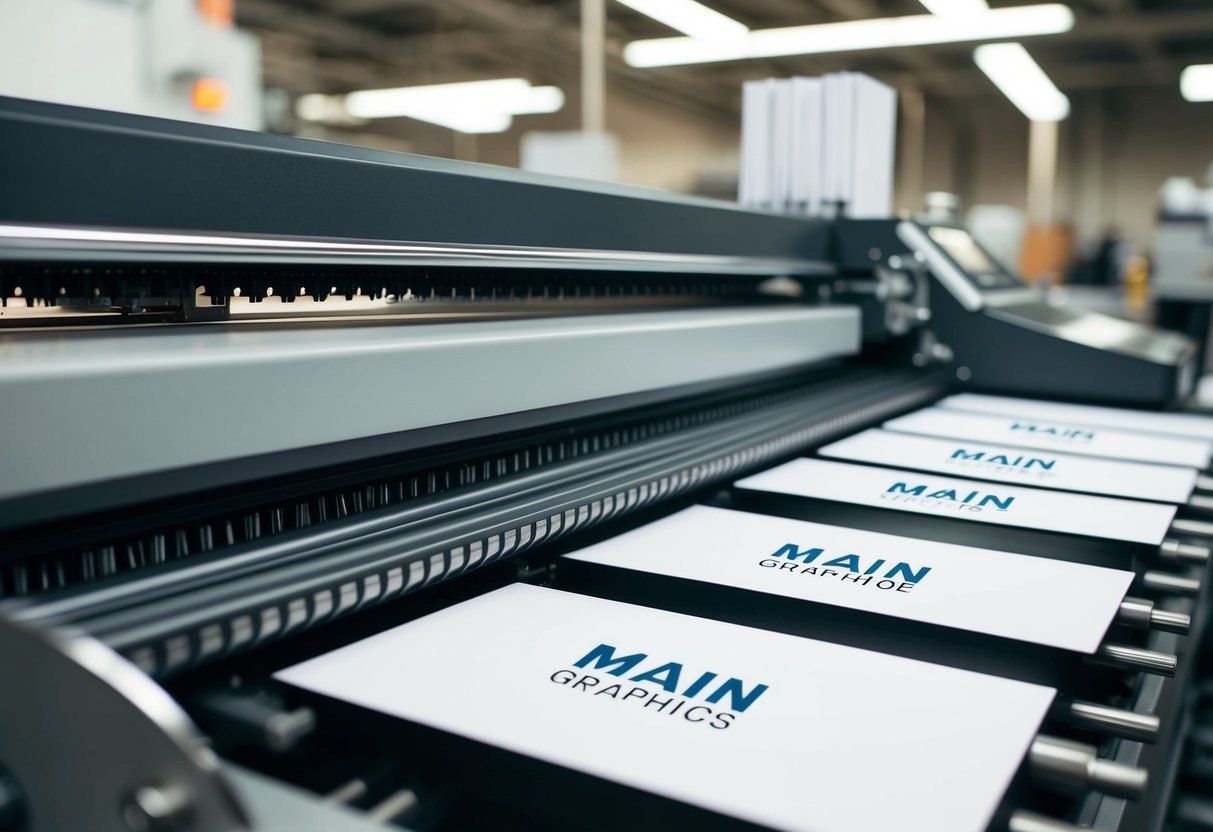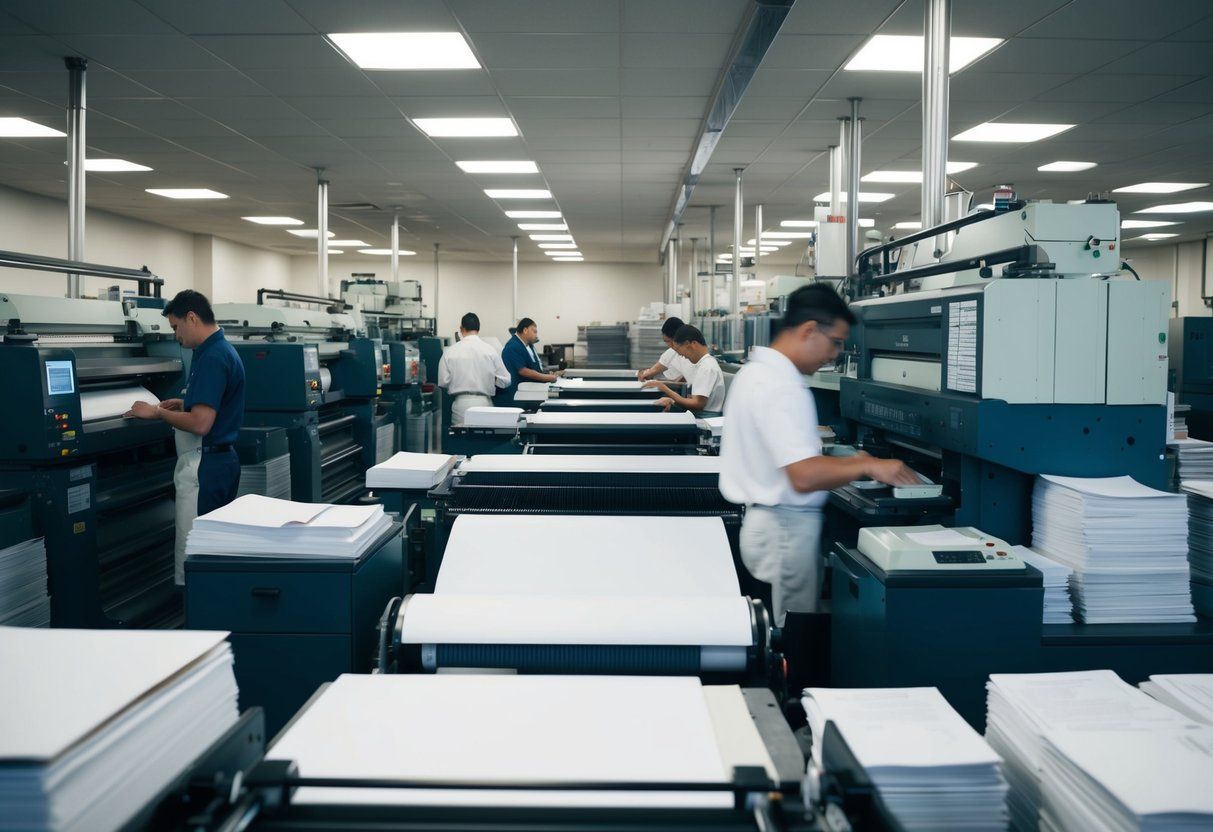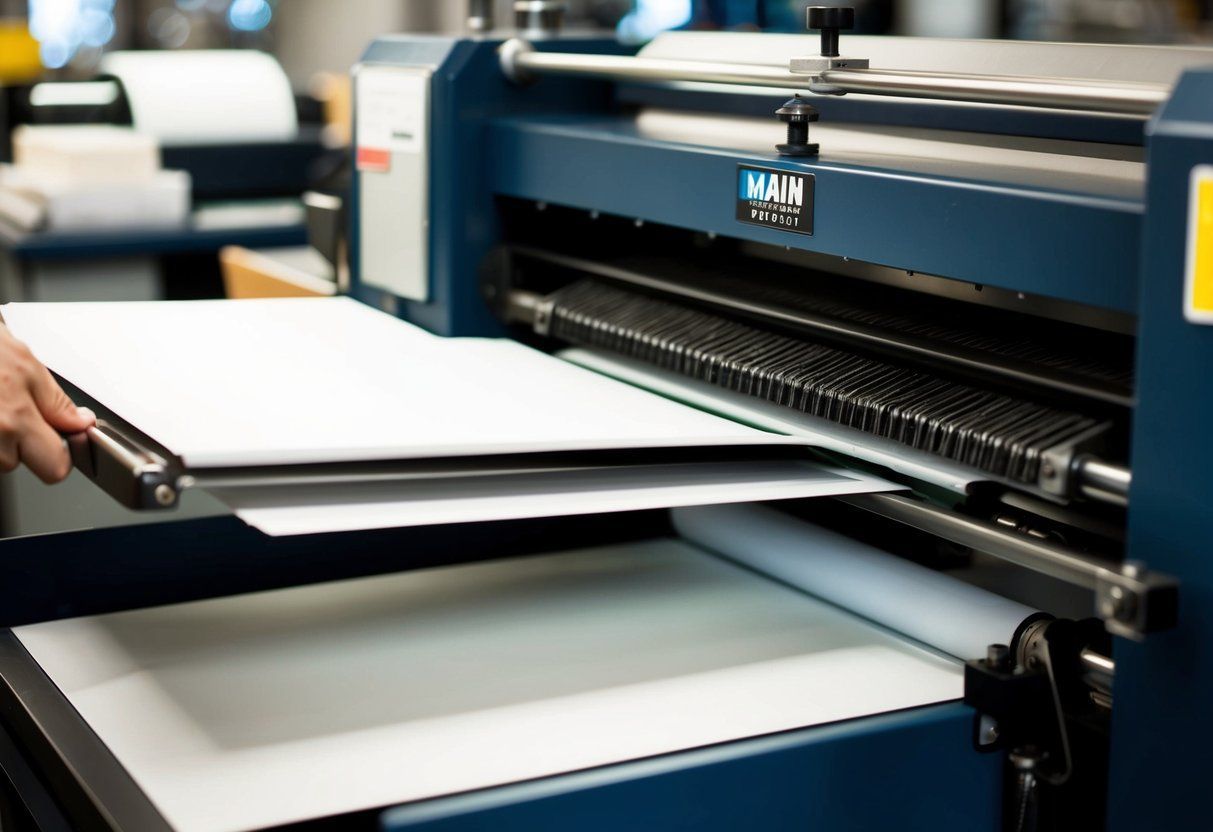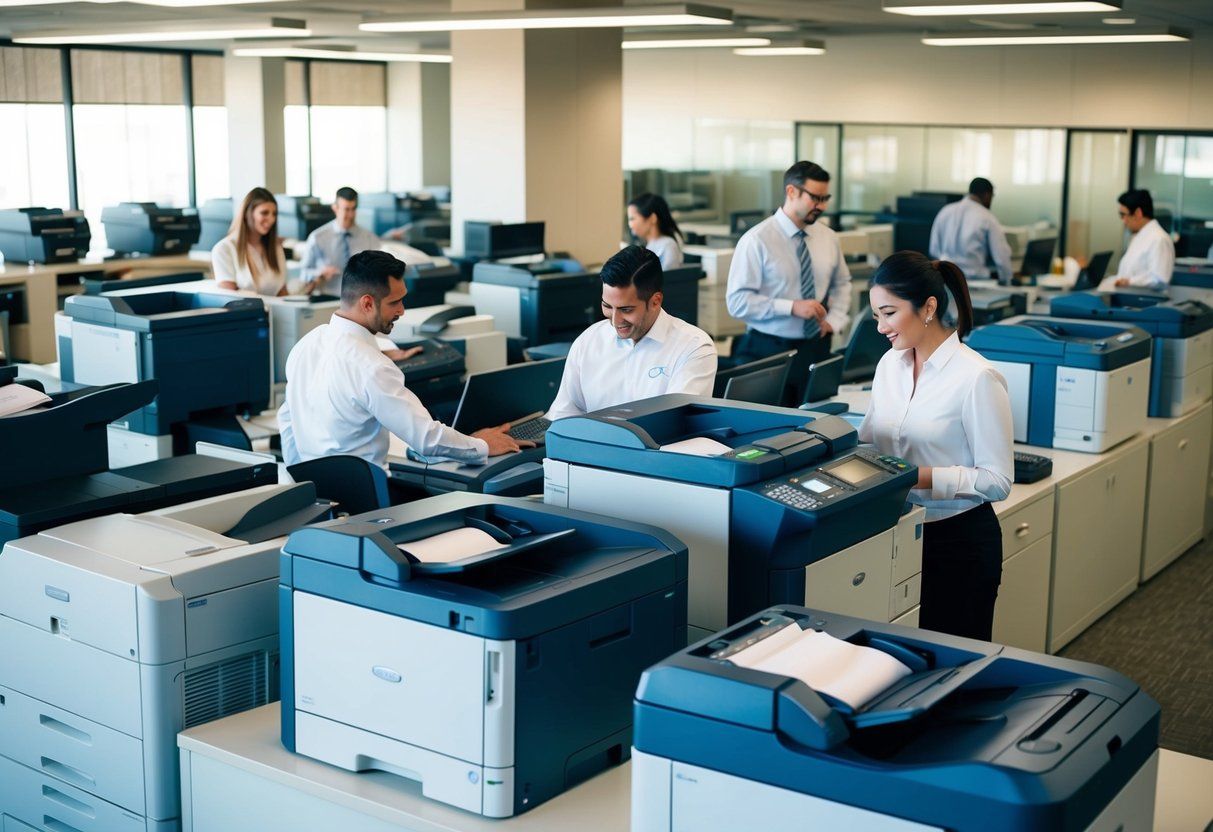Commercial Printing Challenges in 2024: Navigating the Digital Landscape
The commercial printing industry has been evolving rapidly over the past few years, and 2024 is expected to bring about a whole new set of challenges. With the rise of digital media, many businesses have shifted their focus away from print advertising, which has put pressure on printers to find new ways to stay relevant and competitive.

One of the biggest challenges facing commercial printers in 2024 will be the need to adapt to new technologies and changing customer expectations. As more businesses move towards digital marketing, printers will need to find ways to incorporate digital printing technologies into their operations in order to stay competitive. This may involve investing in new equipment and software, as well as training staff to use these new tools effectively.
Another major challenge facing commercial printers in 2024 will be the need to balance quality and affordability. With increasing competition from online printing services, many customers are looking for the lowest possible prices, which can make it difficult for printers to maintain high quality standards. At the same time, customers are becoming more discerning in their printing needs, and printers will need to find ways to offer customized solutions that meet these demands without driving up costs.
Technological Advancements
Impact of AI and Generative AI
The integration of AI and generative AI in commercial printing has brought about a significant transformation in the industry. AI has helped to enhance the accuracy and speed of printing processes, while generative AI has revolutionized the design process. With generative AI, designers can create complex designs with ease, reducing the time and effort required to create unique designs. AI and generative AI have also enabled printers to personalize prints, making them more appealing to customers.
Digital Printing and Inkjet Innovations
Digital printing and inkjet innovations have continued to advance, providing commercial printers with new opportunities to expand their services. Digital printing has made it possible to print on a wide range of materials, including fabrics, plastics, and metals. Inkjet innovations, on the other hand, have made it possible to print high-quality images at faster speeds, making commercial printing more efficient. With these advancements, commercial printers can offer a wider range of services to their clients, including customized printing, large-format printing , and variable data printing.
3D Printing Integration
3D printing has been a game-changer in the manufacturing industry, and it is now making its way into commercial printing. With 3D printing integration, commercial printers can create customized 3D objects, such as prototypes, models, and even finished products. This technology has the potential to revolutionize the way commercial printing is done, making it possible to print complex objects with ease. As 3D printing technology continues to evolve, it is expected that it will become more affordable and accessible to commercial printers, further expanding the possibilities of the industry.
Overall, technological advancements in commercial printing have brought about significant improvements in the industry. With AI and generative AI, digital printing and inkjet innovations, and 3D printing integration, commercial printers can offer a wider range of services to their clients, making the industry more efficient and effective.
Economic and Market Dynamics
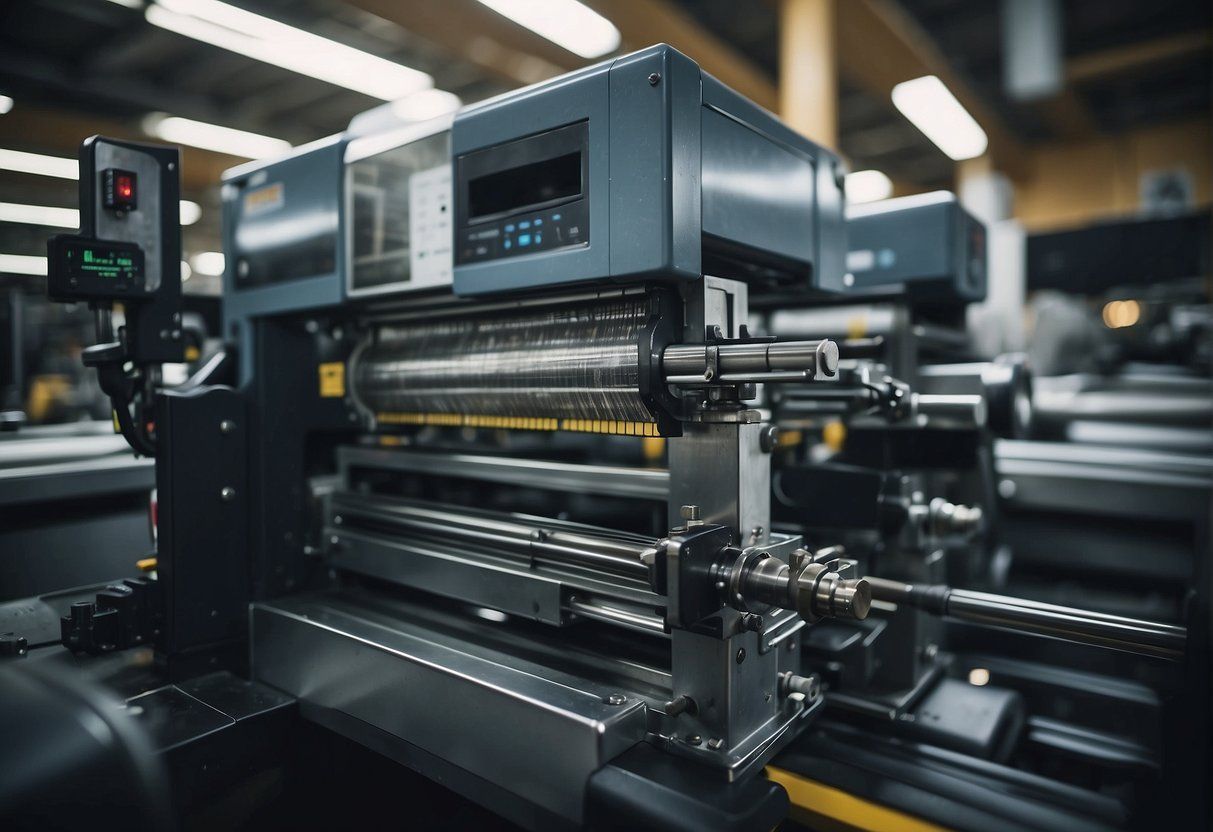
Global Commercial Printing Market Overview
The global commercial printing market is expected to witness a steady growth rate in the coming years. According to a report by Research and Markets, the market is projected to grow at a CAGR of 1.5% during the period of 2024-2028. The growth can be attributed to the increasing demand for packaging, labels, and point-of-sale materials. The Asia-Pacific region is expected to dominate the market due to the growing industrialization and urbanization in countries like China and India.
Print Industry Trends and CAGR Projections
The print industry has been witnessing a shift towards digitalization, which has led to a decline in demand for traditional printing methods. However, the demand for digital printing is expected to increase in the coming years due to its cost-effectiveness and flexibility. According to a report by Smithers Pira, the global digital printing market is projected to grow at a CAGR of 5.2% during the period of 2020-2025.
The CAGR projections for the print industry are expected to vary depending on the region and the type of printing. For instance, the CAGR for the packaging printing market is expected to be higher than that of the commercial printing market due to the increasing demand for sustainable packaging solutions.
In conclusion, the global commercial printing market is expected to witness steady growth in the coming years, with the Asia-Pacific region dominating the market. The print industry is witnessing a shift towards digitalization, which is expected to lead to an increase in demand for digital printing. The CAGR projections for the print industry vary depending on the region and the type of printing.
Sustainability and Environmental Concerns
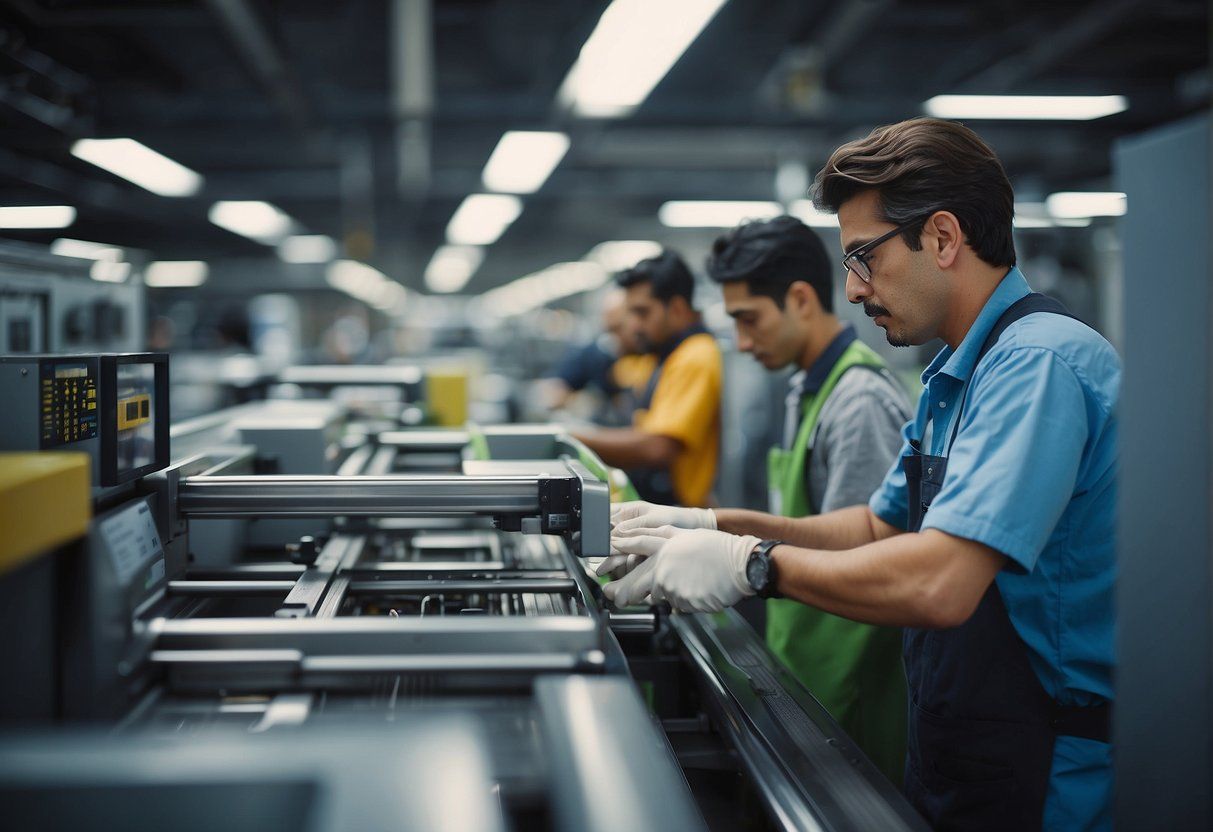
As the world becomes more aware of the impact of human activities on the environment, businesses are under increasing pressure to adopt sustainable and eco-friendly practices. The commercial printing industry is no exception, and it faces several challenges in this regard.
Sustainable Materials and Eco-Friendly Practices
One of the biggest challenges facing the commercial printing industry is the use of sustainable materials. Many printing materials, such as paper and ink, are derived from non-renewable resources and can have a significant impact on the environment. To address this challenge, many printing companies are adopting eco-friendly printing practices, such as using recycled paper and vegetable-based inks.
In addition to using sustainable materials, printing companies are also adopting eco-friendly practices to reduce their environmental impact. For example, many companies are implementing energy-efficient technologies and reducing waste by recycling materials and using digital printing methods.
Packaging Innovations
Packaging is an important aspect of the printing industry, and it presents a unique set of challenges when it comes to sustainability. Many packaging materials, such as plastics, are not biodegradable and can have a significant impact on the environment. To address this challenge, many printing companies are adopting innovative packaging solutions that are eco-friendly and sustainable.
One such solution is biodegradable packaging, which is made from materials that can be broken down by natural processes. Another solution is reusable packaging, which can be used multiple times and reduces waste. These innovations are not only environmentally friendly, but they also provide cost savings for businesses in the long run.
In conclusion, the commercial printing industry faces several challenges when it comes to sustainability and environmental concerns. However, by adopting sustainable materials and eco-friendly practices, and by implementing innovative packaging solutions, printing companies can reduce their environmental impact and contribute to a more sustainable future.
Workforce Management and Skills Development
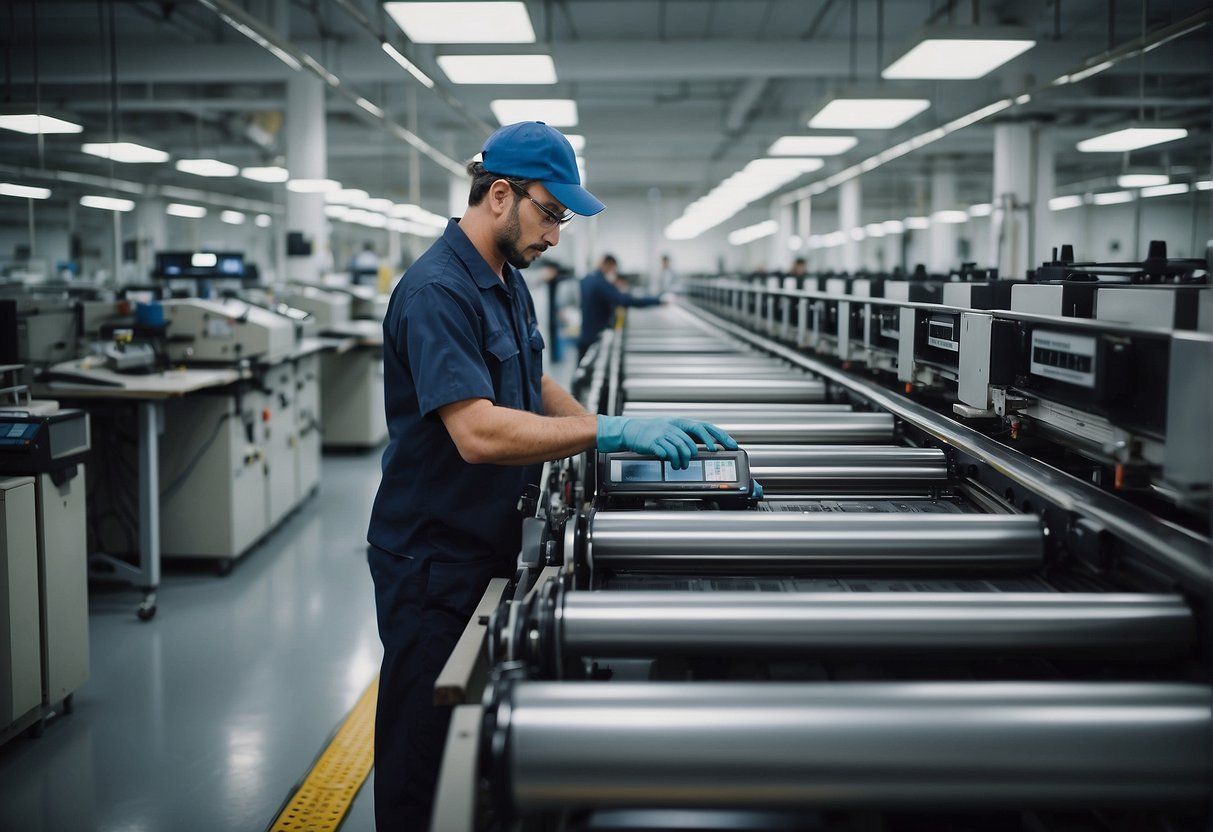
As the commercial printing industry continues to evolve, workforce management and skills development have become critical factors for companies to remain competitive. In 2024, companies will face a number of challenges related to labor shortages and talent acquisition, as well as training and retention strategies.
Addressing Labor Shortages and Talent Acquisition
The printing industry has been facing a shortage of skilled workers for some time now, and this trend is likely to continue in 2024. To address this issue, companies will need to focus on attracting and retaining top talent. This may involve offering competitive salaries and benefits, as well as providing opportunities for career growth and development.
One potential solution to the labor shortage is to partner with local schools and universities to develop training programs that prepare students for careers in the printing industry. By working closely with educational institutions, companies can help ensure that the next generation of workers has the skills and knowledge needed to succeed in this field.
Training and Retention Strategies
In addition to attracting new talent, companies will also need to focus on retaining their existing workforce. This will require a strong commitment to training and development, as well as effective retention strategies.
One approach to training and development is to provide employees with access to ongoing education and training opportunities. This may include workshops, seminars, and online courses that help employees stay up-to-date with the latest trends and technologies in the industry.
Retention strategies may include offering flexible work arrangements, such as telecommuting or flexible scheduling, as well as providing opportunities for career advancement and growth. Companies may also consider offering employee recognition programs, such as bonuses or awards, to help motivate and engage their workforce.
Overall, workforce management and skills development will be critical areas of focus for commercial printing companies in 2024. By addressing labor shortages and talent acquisition, and implementing effective training and retention strategies, companies can position themselves for success in this dynamic industry.
Security and Privacy in the Printing Industry

As the printing industry continues to evolve, security and privacy have become major concerns. This section will explore some of the challenges that commercial printers face in 2024 and how they can overcome them.
Cybersecurity Threats and Solutions
The printing industry has become a prime target for cybercriminals looking to steal sensitive information. With the rise of digital printing, the number of potential vulnerabilities has increased. From hacking into printers to intercepting data during transmission, there are many ways that cybercriminals can gain access to sensitive information.
To combat these threats, commercial printers must take a proactive approach to cybersecurity. This includes implementing strong passwords, using encryption for sensitive data, and regularly updating software and firmware. It is also important to train employees on how to identify and respond to potential cyber threats.
Data Privacy and Customer Service
Data privacy is another major concern for commercial printers. With the increasing amount of personal information being shared during the printing process, it is crucial to ensure that this data is protected. This includes everything from credit card information to personal identification numbers.
To maintain data privacy, commercial printers must implement strict data protection policies. This includes limiting access to sensitive data, using encryption for all data transmissions, and regularly monitoring data for any signs of unauthorized access.
At the same time, commercial printers must also prioritize customer service. This means providing customers with clear and concise information about how their data will be used and protected. It also means being transparent about any potential risks and working with customers to address any concerns they may have.
Overall, security and privacy are critical components of the modern printing industry. By taking a proactive approach to cybersecurity and data privacy, commercial printers can protect sensitive information and maintain the trust of their customers.
Frequently Asked Questions

What are the top economic factors currently impacting the commercial printing industry?
The commercial printing industry is currently facing several economic challenges. Rising costs of raw materials and labor, as well as increased competition from digital media, are some of the top factors impacting the industry. Additionally, the ongoing COVID-19 pandemic has caused disruptions in supply chains and reduced demand for print products.
How is digital printing technology expected to evolve by 2024?
Digital printing technology is expected to continue to evolve rapidly in the next few years. Advancements in inkjet technology, including higher speeds and improved quality, are expected to drive growth in the digital printing market. Additionally, the integration of artificial intelligence and automation is expected to improve efficiency and reduce production costs.
What strategies can commercial printers adopt to address the decline in traditional print demand?
To address the decline in traditional print demand, commercial printers can adopt several strategies. One approach is to diversify their offerings by expanding into new markets, such as packaging and labels. Another strategy is to invest in digital printing technology, which can offer greater flexibility and faster turnaround times. Additionally, printers can focus on providing value-added services, such as design and marketing consultation, to differentiate themselves from competitors.
How is the offset printing market adapting to current industry trends?
The offset printing market is adapting to current industry trends by focusing on high-quality, high-volume printing jobs. This includes investing in new technology to improve efficiency and reduce waste, as well as offering value-added services such as variable data printing and customized packaging solutions.
In what ways is screen printing remaining relevant amidst digital advancements?
Screen printing remains relevant amidst digital advancements due to its versatility and ability to produce high-quality prints on a variety of substrates. Additionally, screen printing is often used for specialty applications, such as printing on textiles and promotional products , where digital printing may not be the best option.
What innovations are predicted for the label printing segment in the near future?
Innovations in label printing are expected to focus on improving efficiency and reducing waste. This includes the development of new materials and adhesives, as well as advancements in digital printing technology to enable greater customization and faster turnaround times. Additionally, the integration of RFID technology is expected to drive growth in the label printing market by enabling greater supply chain visibility and inventory management.…
